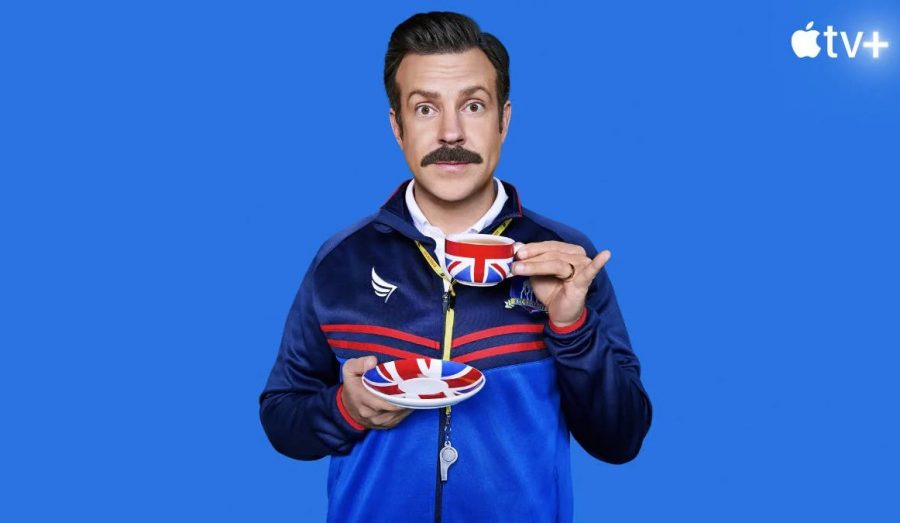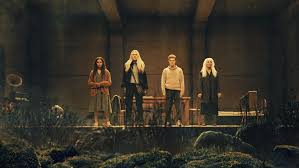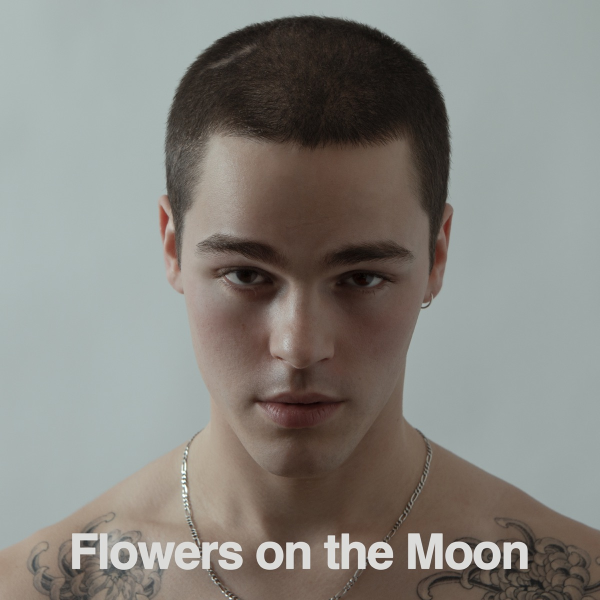“Ted Lasso” Season 2 Is What Winning Looks Like
October 15, 2021
In August 2020, a mustached hero named Ted Lasso reminded the world of what it means to care. Apple TV released a show about a small-time American football coach (played by SNL’s Jason Sudeikis) with overwhelming optimism, who is given the task of coaching the premier English football club, Richmond, as they face banishment from the league. He undertakes this despite knowing absolutely, positively, nothing about English football.
Fast forward to present, “Ted Lasso”’s season two finale hit screens on Friday, ending the rollercoaster of emotions that was the follow up to the debut season. This feel-good show is brimming with brilliant lines promoting out loud laughter, loveable characters you cannot help but root for (on and off the football pitch), and an overarching theme of how people should be treated. Let us not forget the show’s unmatched theme song, created by lead singer of the band Mumford and Sons. Everything about this show begs to be celebrated.
Season two, episode one, “Goodbye Earl” opens with Dani Rojas, a top striker on Richmond taking a deciding penalty shot. When the shot takes a turn and ends in somewhat tragedy for the Richmond mascot, Rojas is floored. To combat this, coaches bring in a team psychiatrist, Dr. Sharon, to work him out of the funk, and she works absolute magic, returning Rojas to his normal sunny demeanor, his “Football is life!” mentality. The first couple episodes demonstrate the conflict between Dr. Sharon and Ted, as she pushes him to confront his painful past and how it is inducing anxiety in him now. The buildup of Ted’s character development is executed perfectly. As he confided in Dr. Sharon, it showed a side of vulnerability, giving purpose to his unwavering kindness towards everyone he crosses paths with.
The character development in season two was not limited to Lasso. One of the most prominent examples is Nate, someone who started season one as a kit man and now shows up in the current season as coach number three. After all Ted has done to lift Nate into a place of confidence, Nate chooses ambition over people, giving into a selfish side that I never believed the stumbling, unsure character we met originally would be capable of. Nate shifts into the villain; it is infuriating to watch him disparage the people who have been nothing but kind to him. Coach Beard, Lasso’s second in command, got his own solo episode, “Beard After Hours,” which follows him on a series of misadventures and reveals what’s behind the arms-crossed-face-stoic posture he keeps. The Beard episode was much debated amongst Lasso fans, due to it departing from the beloved liveliness into something more mysterious, but I found this endeavor intriguing, because I felt the need for Beard’s character to be explored.
Since the groundwork was already established, season two could focus on side character’s stories, such as Roy Kent, who resigned his spot as a Richmond player and struggles to find meaning without football. Also depicted is his evolving relationship with Keeley Jones, who started as a supporting character, but soon realized her own potential, and became a symbol of strength, independence, and entrepreneurship. Not unlike Rebecca Waddingham, the owner of Richmond football club, who acts as a mentor to Keeley throughout this season. Jamie Tartt, the character who rubbed everyone the wrong way, confronted his own toxicity and maintained an effort to overcome it, adopt humility, and start fresh with his teammates.
Season three of this phenomenal show comes out summer 2022. Until then, I’ll be practicing my chant for Richmond.







